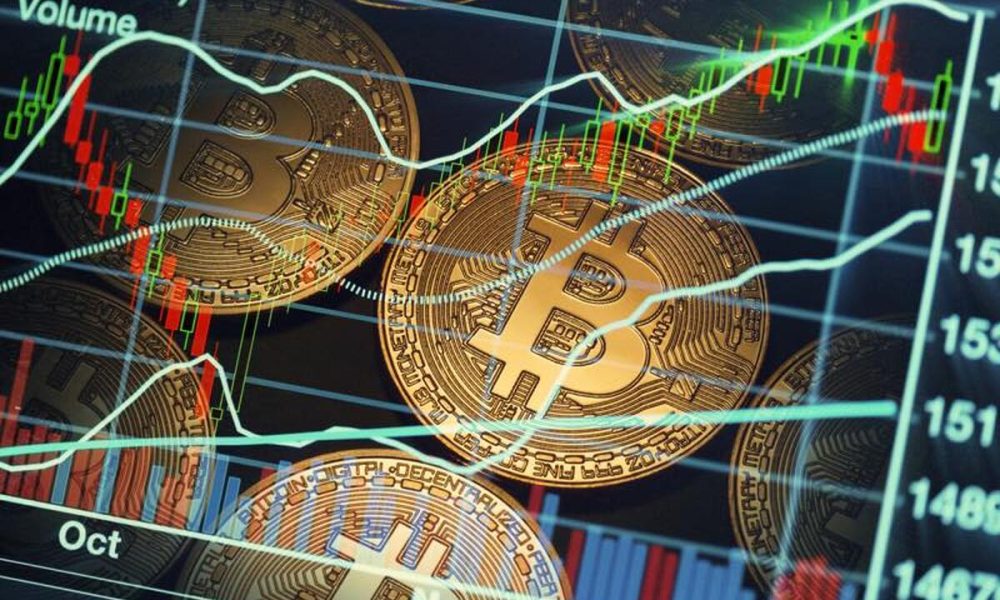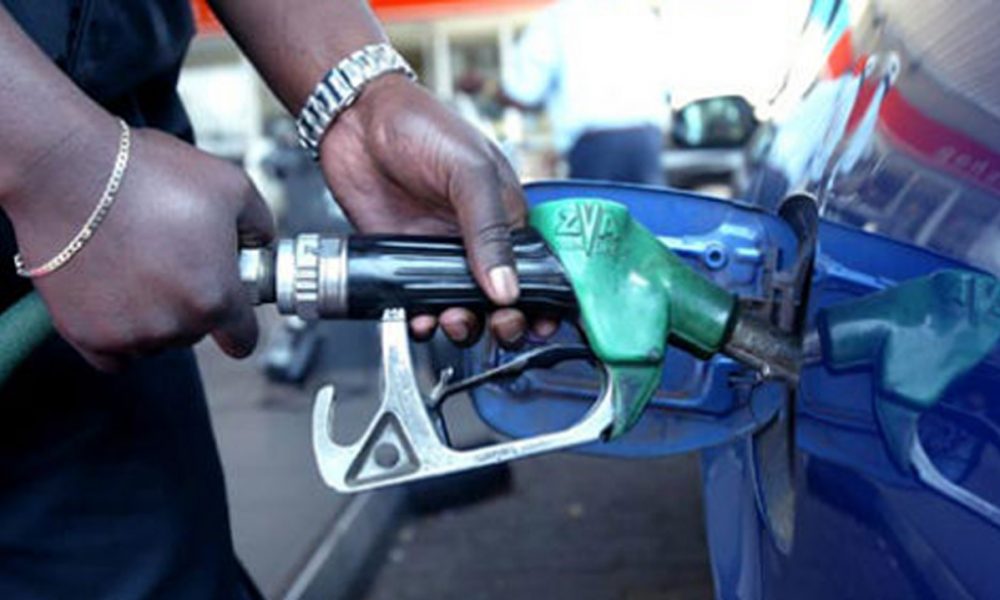Black Market Dollar to Naira Exchange Rate: What You Need to Know
Get the latest black market dollar to naira exchange rate for November 13th and find out how much you can swap your dollar for naira.
What’s the Current Dollar to Naira Exchange Rate?
Parallel Market (Black Market) Dollar to Naira Exchange Rate
According to sources at Bureau De Change (BDC), the exchange rate for a dollar to naira at Lagos parallel market players is buying at N1735 and selling at N1745 on November 13th, 2024.
It’s essential to note that the Central Bank of Nigeria (CBN) does not recognize the parallel market (black market), as it has directed individuals who want to engage in foreign exchange to approach their respective banks.
Dollar to Naira Black Market Rate Today
| Dollar to Naira (USD to NGN) | Black Market Exchange Rate Today |
| Buying Rate | N1735 |
| Selling Rate | N1745 |
Dollar to Naira CBN Rate Today
| Dollar to Naira (USD to NGN) | CBN Rate Today |
| Buying Rate | N1687 |
| Selling Rate | N1688 |
Please note that exchange rates may vary, and the rates you buy or sell foreign exchange may differ from those listed here.
A recent report by BMI, a Fitch Solutions subsidiary, warns that the naira could weaken to ₦1,993 against the U.S. dollar by 2028, posing significant challenges to Nigeria’s pharmaceutical and medical device industries.
The report highlights the impact on Nigeria’s import-reliant medical sector, which depends on foreign sources for over 95% of its medical devices.
The report states that the continued weakness of the naira will increase medical device import costs and erode consumer purchasing power, affecting the health system and patient purchasing power.
However, the report also notes that a weaker naira could enhance the competitiveness of locally manufactured medical devices, fostering growth in the sector.
Despite this potential benefit, local manufacturing still faces hurdles, including a shortage of skilled labor, outdated technology, and inadequate infrastructure, despite government incentives.



